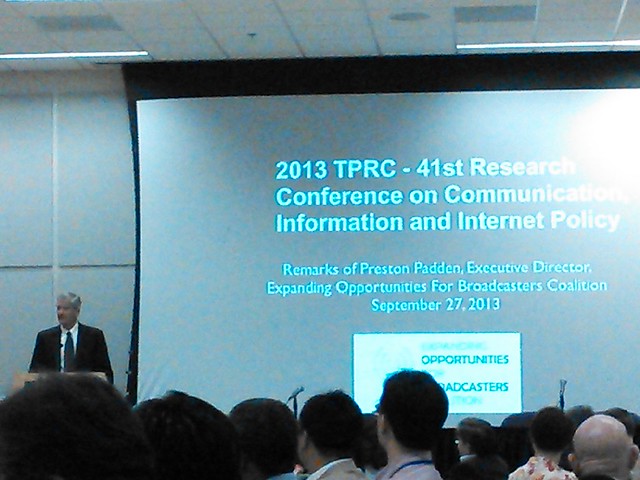The U. Texas campus newspaper pretty much gets it.
I’ve added a few links and images.
Julia Brouillette wrote for the Daily Texan today,
UT researchers work to reduce spam emails, increase online security,
A group of UT faculty members and graduate students have teamed up
with UT’s
Center for Research on Economic Commerce (CREC) to expose
the companies that send out millions of spam emails every day.
 SpamRankings.net, a website launched by the University’s Center for
Research on Economic Commerce, displays rankings of companies by
number of outgoing spam messages generated from roughly 18,000 U.S.
and international organizations. The project creates models for
email providers to reduce spam and is funded by two grants from the
National Science Foundation, totaling approximately $1 million.
SpamRankings.net, a website launched by the University’s Center for
Research on Economic Commerce, displays rankings of companies by
number of outgoing spam messages generated from roughly 18,000 U.S.
and international organizations. The project creates models for
email providers to reduce spam and is funded by two grants from the
National Science Foundation, totaling approximately $1 million.
Head researcher John Quarterman said UT students, in particular, are
at a high risk for identity theft because of spam.
“UT has had a big problem with student information being
leaked to the outside world because of bad security,”
Quarterman said. “Spam is getting out that may contain private
information, like your identity.”
Quarterman said the easiest way for students to prevent spam from
entering their inboxes is to maintain up-to-date software.
“Make sure you have all the updates to your operating
system,” Quarterman said. “Antivirus software is worth
running as well.”
 According to
Andrew Whinston, the center’s director and a management
information systems professor, students are susceptible to deceptive
links as they surf the Internet. Once the link is clicked, malicious
software enters the computer system and new spam is generated.
According to
Andrew Whinston, the center’s director and a management
information systems professor, students are susceptible to deceptive
links as they surf the Internet. Once the link is clicked, malicious
software enters the computer system and new spam is generated.
“You have to be careful and not go to websites on the Internet
that you are not really familiar with, or websites that are not
authenticated in some way,” Whinston said.
Whinston said preventing spam starts Continue reading →





